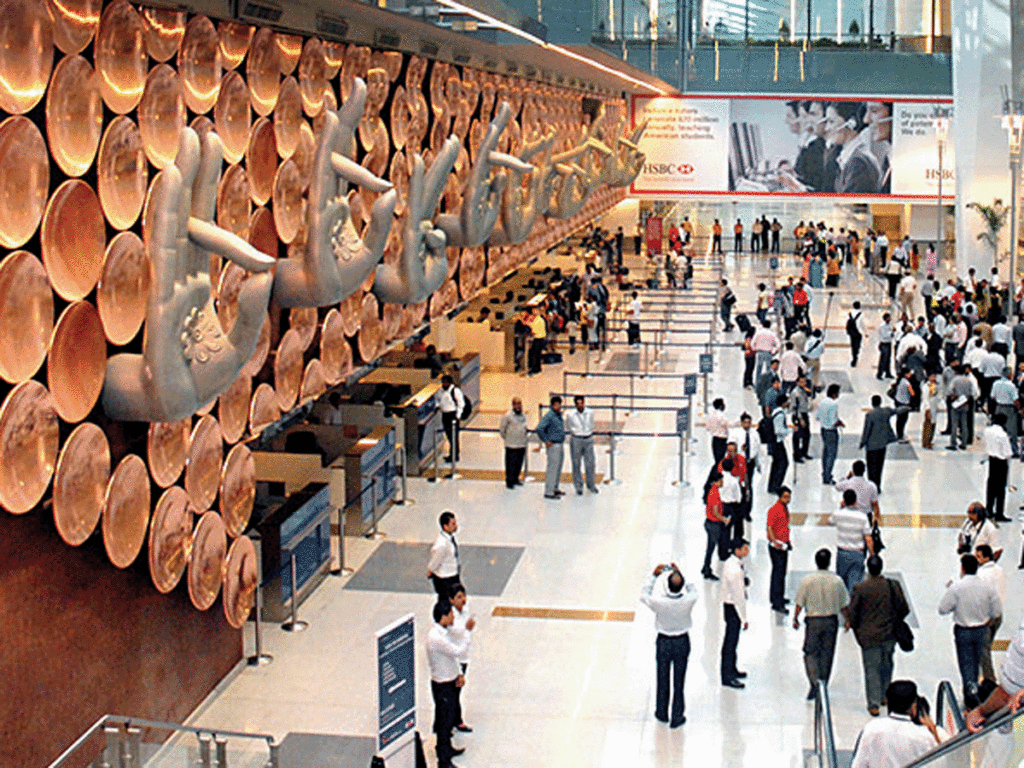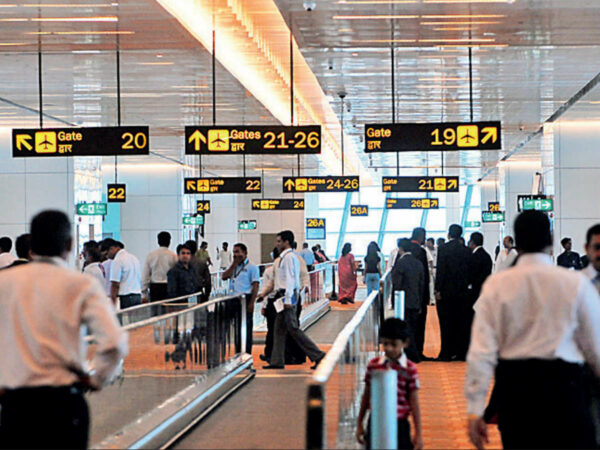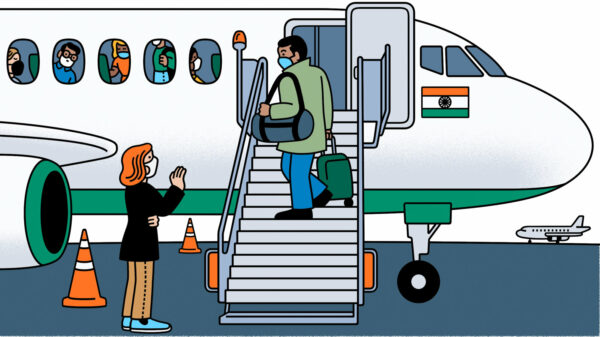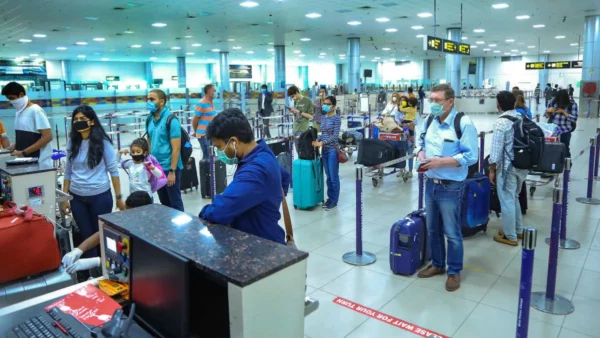
To reduce lineups and restrict contact, the Delhi airport has implemented e-boarding
The Delhi Airport has implemented an e-boarding service at terminals 2 and 3 to reduce boarding time and ensure minimal interaction between passengers, according to a statement released by the airport operator, Delhi International Airport Limited (DIAL).
Passengers can flash their physical or e-boarding cards and verify their flight details at the contactless e-gates powered by touchless technology and boarding card scanners.
All terminals now have e-boarding gates with boarding pass scanners, allowing travellers to check their flight details and proceed straight to security checks. “Passengers who have validated their boarding cards at the scanners can move right past the e-boarding gates for security checks and board an aircraft without having to produce their documents again.” According to a DIAL official, it will save time and reduce passenger lines at the airport.
According to the spokeswoman, these gates have been installed at Terminals 3 and 2, and deployment at Terminal T1 is underway. The gates come in various sizes to suit a variety of passengers, including those travelling with huge bags, those in wheelchairs, and others, he explained.
“The advent of the global pandemic has made it tougher to meet the expectations of travellers as health and safety concerns have escalated,” said Videh Kumar Jaipuriar, CEO of DIAL. DIAL has risen to the occasion and set a new standard with several innovative solutions in place, including e-boarding gates, one of the airport’s most unique technological features. DIAL’s in-house team conducted multiple trials at Delhi International Airport, following the Covid-19 instructions published by several government organisations. Our only goal is to ensure the safety of our guests at all costs.”

What Is an Electronic Boarding Pass and How Does It Work?
Electronic tickets serve travellers in a variety of ways and eliminate waste and benefit the environment. For starters, if you don’t lose your phone, a mobile boarding pass is far easier to keep track of than a paper ticket. Mobile boarding passes can save you significant travel time because you no longer need to collect a ticket at the counter unless you’re checking bags, and you can go right to the security checkpoint with your phone in hand.
TIP
Electronic tickets allow you to utilise your phone instead of a paper boarding card, whether you’re flying internationally and have a Delta e boarding pass or want to make your next Southwest Airlines check-in easier. Mobile boarding passes make air travel easier for people and the environment by being quick, efficient, and hassle-free.
Getting a Glimpse of Mobile Boarding Passes
A mobile boarding pass functions similarly to a paper ticket, and it includes your name, flight number, and a QR code that TSA agents and flight crew can scan before you board the plane. You’ll still need government-issued identification, just like with a paper pass, and a driver’s licence, passport, or military ID are the most famous recognised titles for domestic travel.
You can get your mobile boarding pass in various ways depending on your E-Ticket Airlines. Passengers flying with JetBlue, for example, should download the airline’s app to their phone, which allows them to check-in, retrieve their tickets, and even choose a seat.
Southwest Airlines check-in is identical, and mobile boarding cards can be saved on your smartphone or downloaded through the Southwest app. Travellers can access their electronic boarding passes using a link sent via email or text message.
E-tickets are also available from foreign carriers, such as Lufthansa and Emirates. Travellers love the Delta e boarding pass, which can be used at airports worldwide. The Delta e-boarding pass makes checking in for flights a breeze for frequent travellers who may not always have access to a printer.
If mobile boarding passes are available, all airlines will notify you in your confirmation email.

At the Airport, Using Your Mobile Boarding Pass
To ensure hassle-free travel, keep a few things in mind when using your mobile boarding ticket. You’ll first need data or a Wi-Fi connection to access your ticket. Before you arrive at the airport, make sure you’ve checked in and downloaded your boarding pass to your phone. It’s also a good idea to turn up the brightness on your phone’s screen, as a brighter screen makes it easier for the scanner to read the QR code.
Don’t worry if you have problems with your mobile boarding pass at the airport. Staff at the airline can help you print a paper ticket to continue your journey.
E-boarding gates have been installed at the Delhi airport. Here’s how it’ll go down:
Amid the coronavirus disease (Covid-19) pandemic, the Delhi airport has implemented e-boarding gates for contactless and frictionless travel in all three terminals. Delhi International Airport Limited (DIAL), owned by the GMR Group, has announced that it has implemented e-boarding for department passengers on all flights. The gates have been installed at Terminals 3 and 2, while Terminal 1 is currently underway.
Passengers can flash their physical or e-boarding cards and verify their flight details at the contactless e-gates powered by touchless technology and boarding card scanners. Air travellers can proceed to security checks after completing the e-gate verification process. Passengers with large luggage or passengers with reduced mobility (PRM) may pass through it, while those with only hand luggage can use the usual lane e-gates, according to the business.

According to the corporation, e-boarding gates have cut transaction time in half, resulting in shorter lines. Apart from reducing boarding time, it also allows people to avoid touching facility surfaces and interacting with other people, as per the Covid procedure.
“Under Covid-19, the touchless approach not only reduces touching of facility surfaces and human interaction, but it also reduces boarding time.”
According to DIAL, this technology has reduced 50 per cent of the transaction time, resulting in lower queues and, has also improved the security aspect where boarding card details are verified with the airline back office.




